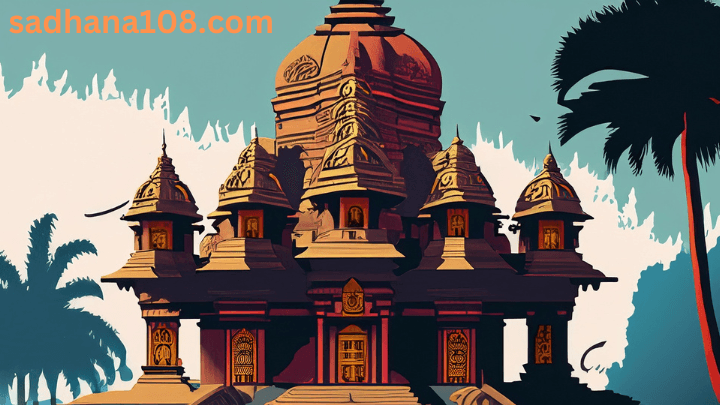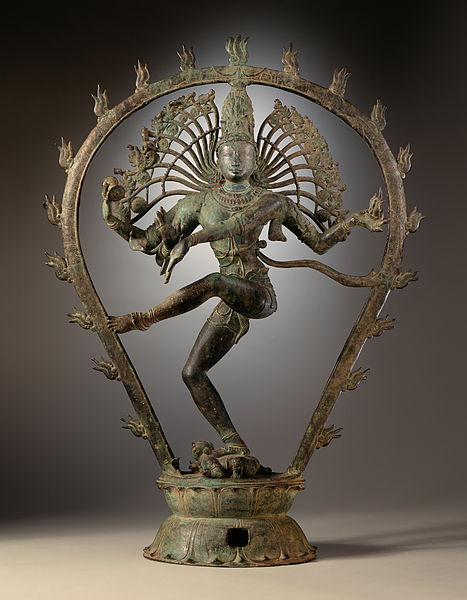Nataraja


Nataraja , is a depiction of the Hindu god Shiva as the cosmic ecstatic dancer. His dance is called Tandavam or Nadanta, depending on the context of the dance. The pose and artwork is described in many Hindu texts such as the Anshumadbhed agama and Uttarakamika agama, the dance relief or idol featured in all major Hindu temples of Shaivism.
The classical form of the depiction appears in stone reliefs, as at the Ellora Caves and the Badami Caves, by around the 6th-century. Around the 10th century, it emerged in Tamil Nadu in its mature and best-known expression in Chola bronzes, of various heights typically less than four feet,some over.The Nataraja reliefs have been identified in historic artwork from many parts of South Asia, in southeast Asia such as in Bali and Cambodia, and in central Asia.
The sculpture is symbolic of Shiva as the lord of dance and dramatic arts, with its style and proportions made according to Hindu texts on arts.It typically shows Shiva dancing in one of the Natya Shastra poses, holding Agni (fire) in his left back hand, the front hand in gajahasta or dandahasta mudra, the front right hand with a wrapped snake that is in abhaya (fear not) mudra while pointing to a Sutra text, and the back hand holding a musical instrument usually a damaru. His body, fingers, ankles, neck, face, head, ear lobes and dress are shown decorated with symbolic items, which vary with historic period and region. He is surrounded by a ring of flames, standing on a lotus pedestal, lifting his left leg (or in rare cases, the right leg) and balancing over a demon shown as a dwarf (Apasmara[2] or Muyalaka) who symbolizes ignorance. The dynamism of the energetic dance is depicted with the whirling hair which spread out in thin strands as a fan behind his head. The details in the Nataraja artwork has been variously interpreted by Indian scholars since the 12th-century for its symbolic meaning and theological essence.
Nataraja is a well known sculptural symbol in India and popularly used as a symbol of Indian culture, in particular as one of the finest illustrations of Hindu art.